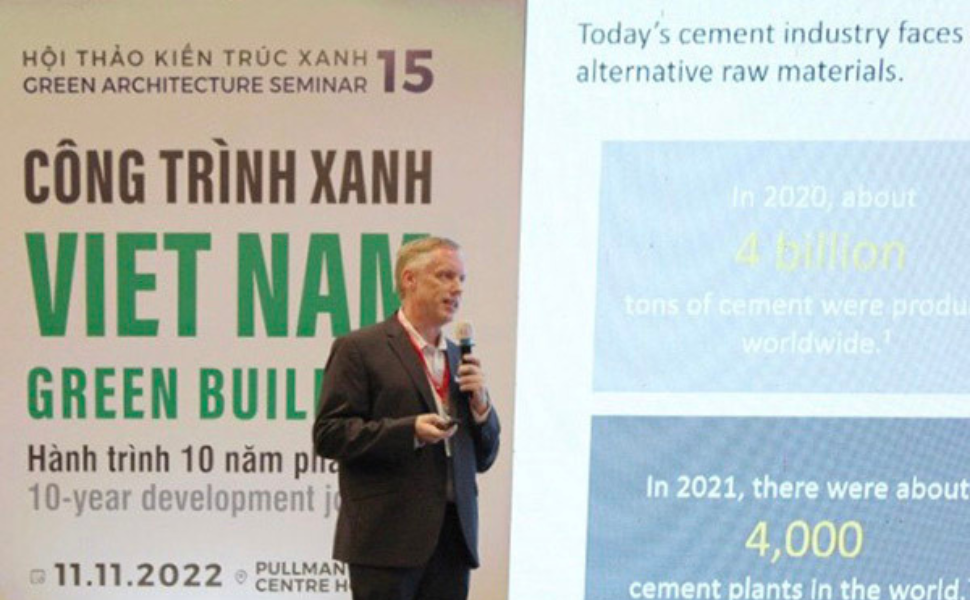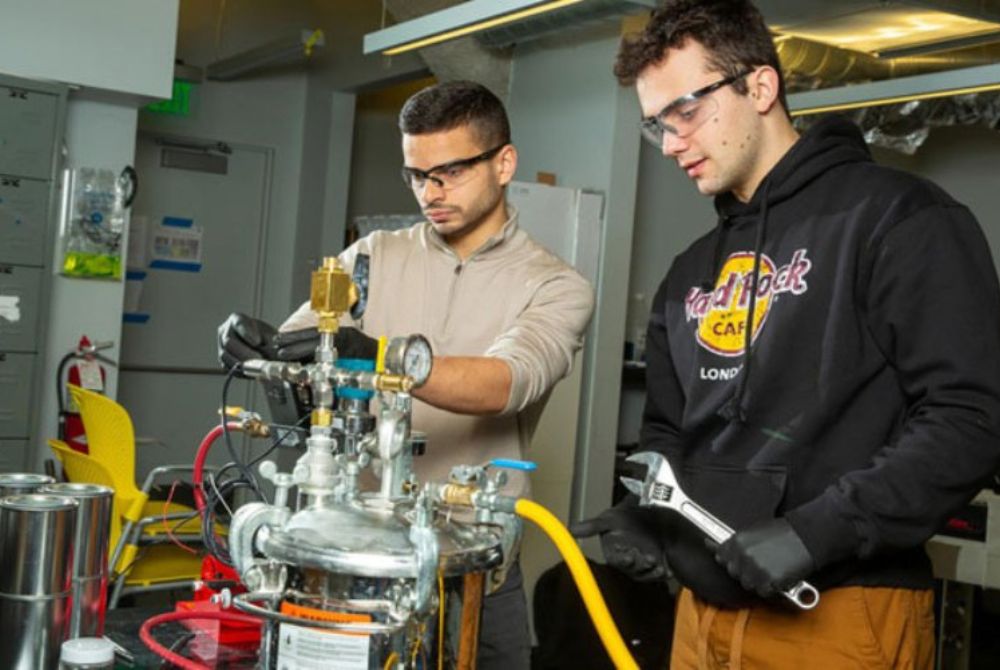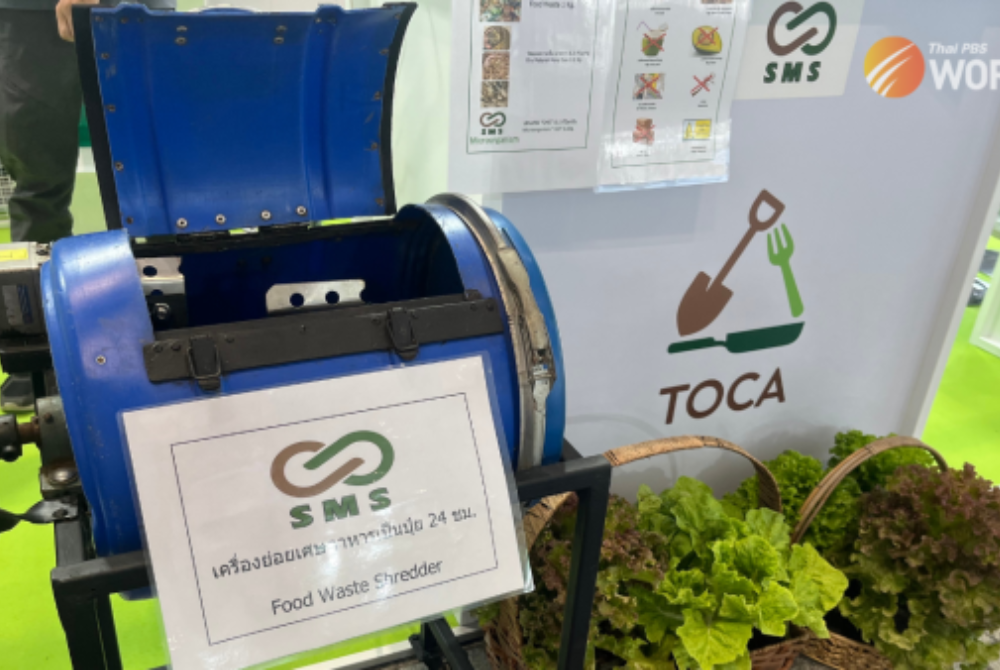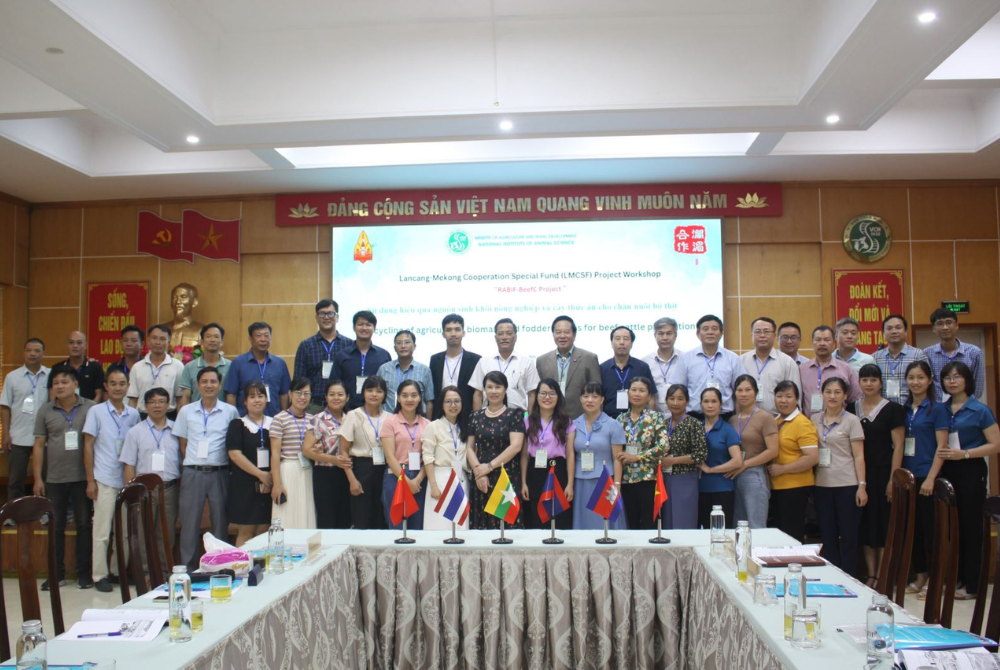Sika Vietnam reduces emissions from cement industry
The 15th Green Architecture Conference with the theme “Vietnam Green Building - 10-Year Development Journey” was organized by the Green Building Council of Viet Nam and Ho Chi Minh City Blue Architecture Club. Here, Sika Vietnam suggests 03 solutions to reduce CO2 emissions from cement and concrete production effectively.
Based on the Global Cement Review, the building industry accounts for around 11% of all produced CO2 emissions. Cement manufacturing accounts for 7% of worldwide carbon dioxide emissions. This presents several issues for the cement business, particularly in terms of green development, sustainability, and minimizing detrimental impacts on the environment.
Sika Vietnam has developed three solutions to help solve this complex problem: reduce the impact of carbon dioxide emissions from cement, optimize cement production processes, use alternative materials such as ground clay, and recycle concrete to extend its lifetime and initiate cycles.

Illustration Image
Clay cement, particularly (Limestone Calcined Clay Cement), is currently on the market as one of the technologies being employed to assist the cement industry in reducing emissions and moving toward a more sustainable environment. However, the use of traditional additives in the manufacturing process will have limits such as lower efficiency of clay cement concrete, increased water consumption to make more LC3 cement, and reduced compression strength of clay cement.
Sika has successfully studied SikaGrind® CC and Sika® ViscoCrete® CC – two dedicated additives that increase performance, save energy consumption (reducing at least 10% KWh per ton of cement produced), and increase smoothness, improving the performance of clay cement. Specifically, with this solution, the output of the finished cement will increase by up to 15%, reducing the amount of clinker and CO2 in the production process.
Accordingly, with the recovery process, old concrete is separated into small pieces and used as a raw material to produce new, high-quality concrete, allowing a reduction in the amount of cement used to produce concrete. This solution saves natural resources, using concrete waste to absorb CO2, thereby effectively reducing CO2 emissions.
Mr. Alan Bromwich, Head of Target Markets - Concrete and Repair at Sika, highlighted the recovery process as a groundbreaking initiative that enables concrete recycling and manufacturers to create a circular economy by reusing original, perfect-quality concrete components. This innovative process is unique to the Vietnamese market and aims to reduce CO2 emissions while improving the environmental impact of construction.
Research and development in sustainable building solutions not only create green, human-health-friendly buildings but also opens new developmental trends in using new materials to replace solutions that protect natural resources from increasingly scarce conditions.
Source: ximang.vn













